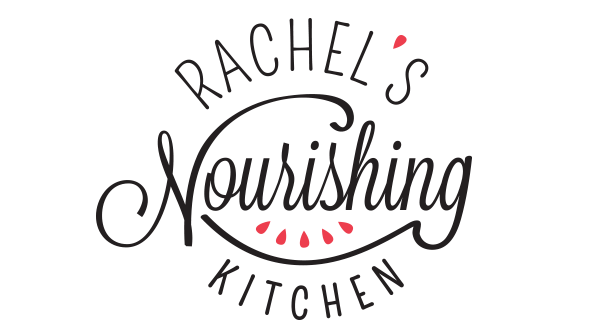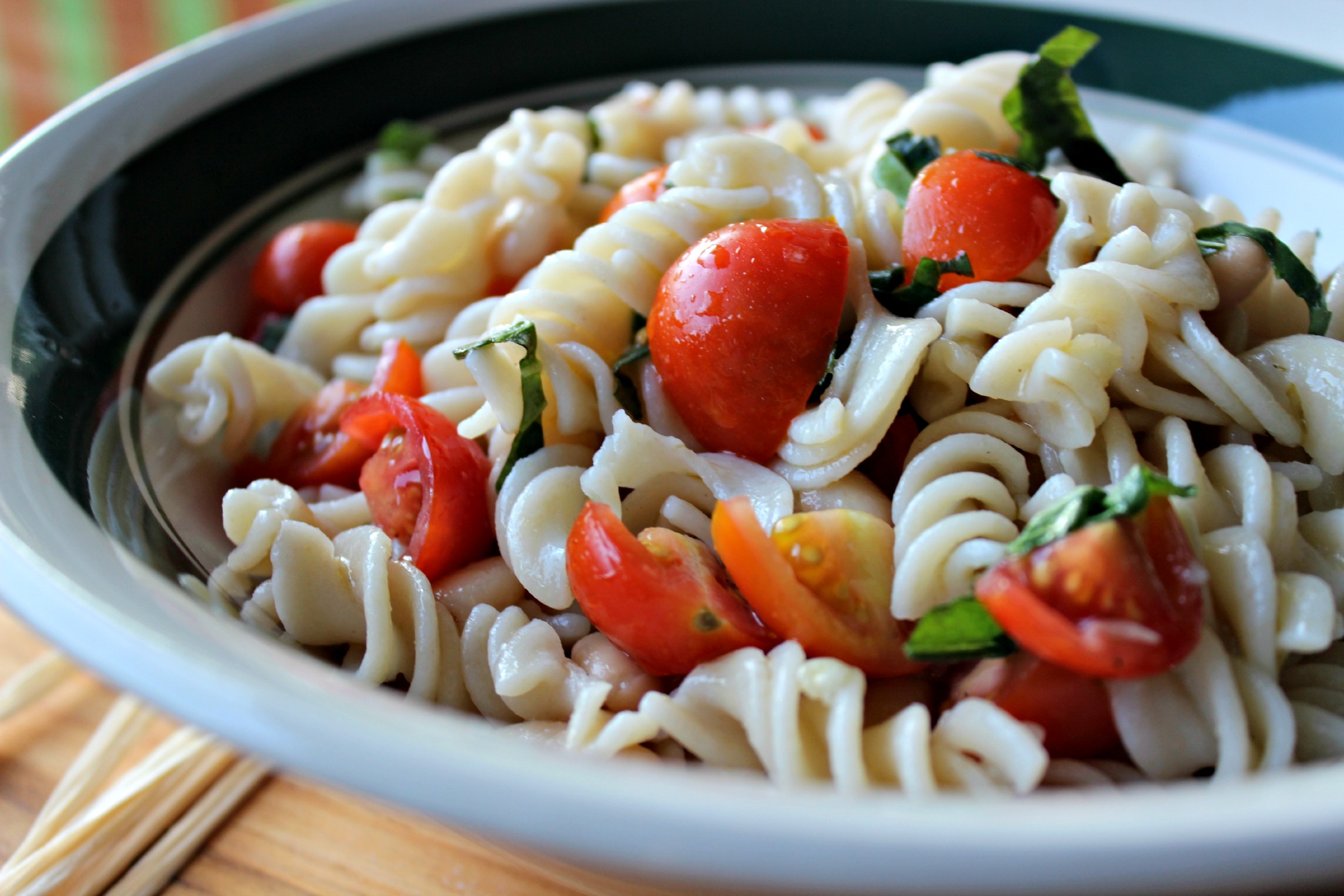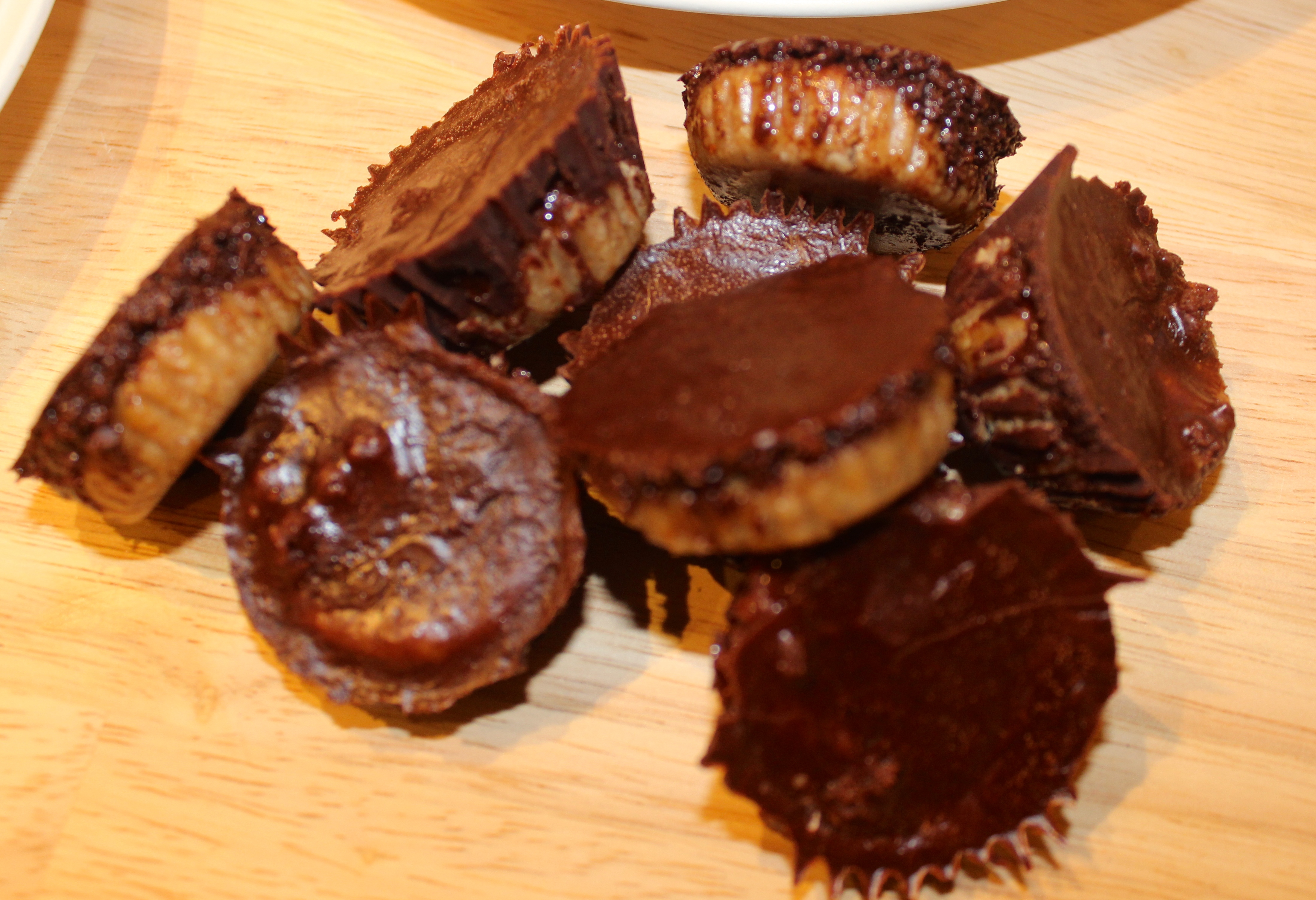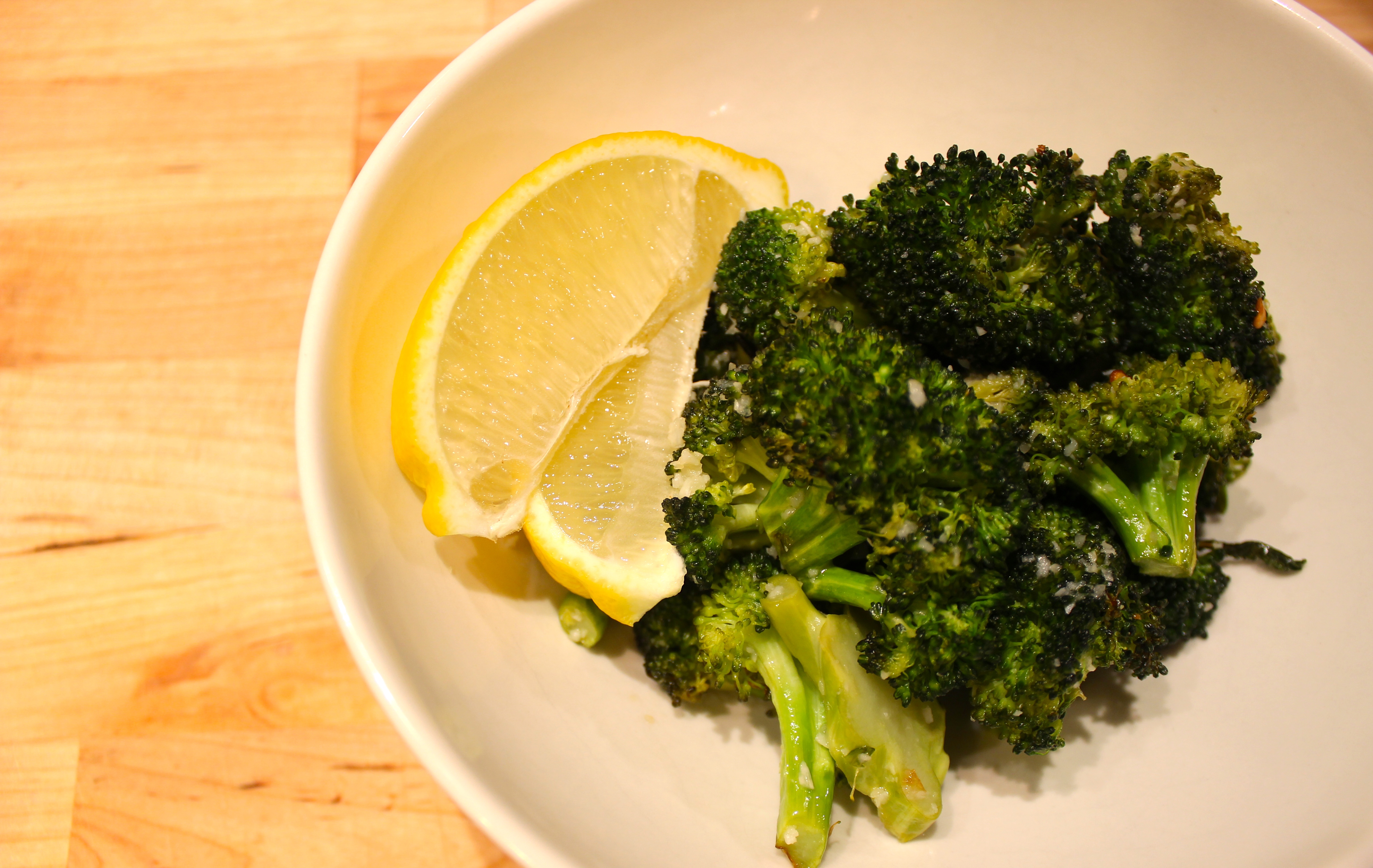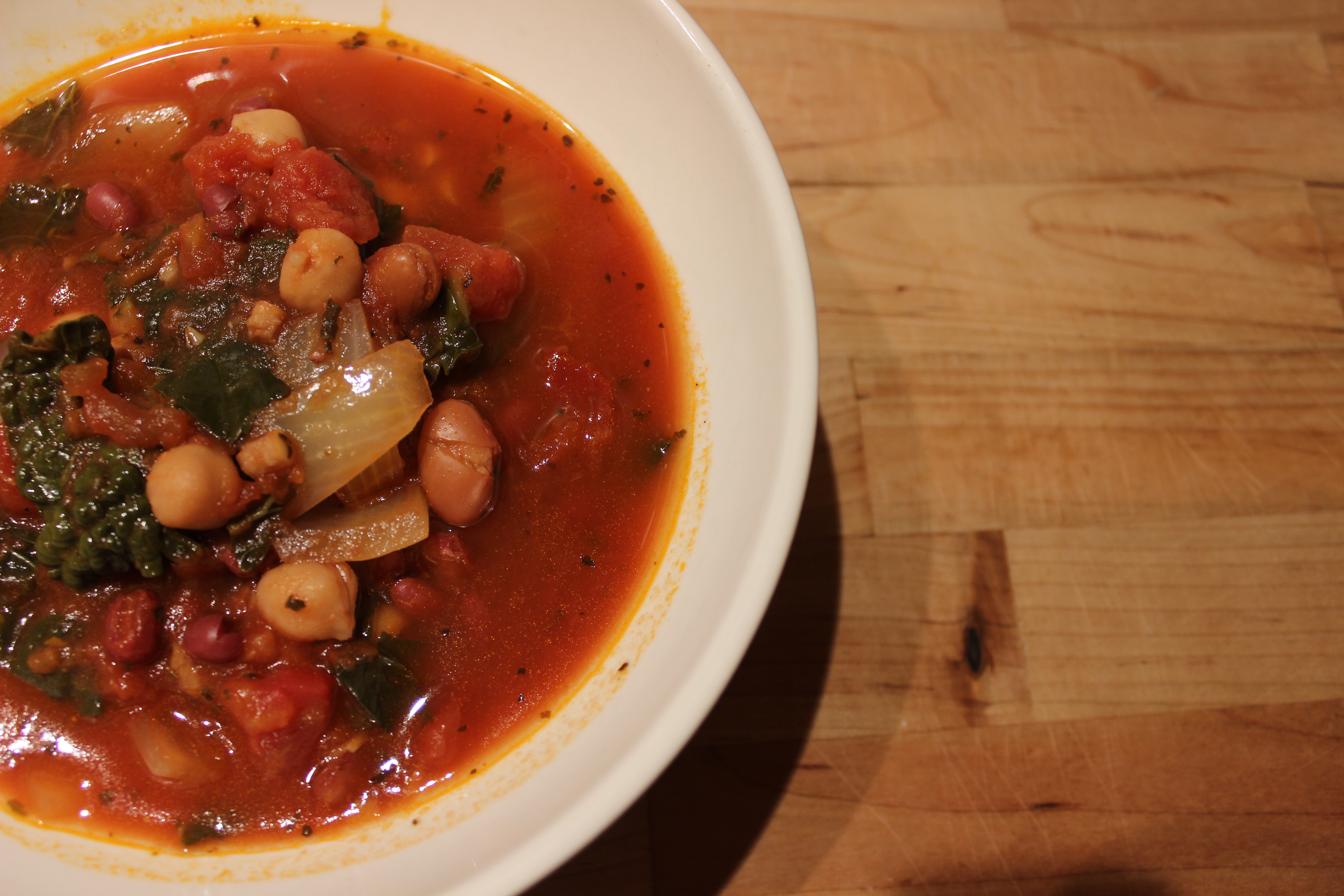Each of us has experienced some form of social rejection, loneliness or the sense that we don’t belong or fit in. Some of us have to spend quite a bit of time reflecting to remember those moments, while others can recall them immediately. Regardless of what we recall, what we can each recognize is how painful those moments were – and might still be.
The desire to belong and be part of community is something I’ve written about both on here and on my blog for the past five years or so. The topics of community, connection and belonging hit home so deeply with me because of the struggles I’ve had feeling accepted, wanted, invited and included. I have journals going back to elementary school that chronicle the deep sense of sadness I felt as a result of moments of blatant rejection and feeling like I didn’t fit with my peers. This sense of not belonging is something I wrestled with into my early 30s.
When we believe we are uncool, unwanted, timid, uninvited, “too much” or “not enough”, unpopular, soft-spoken or invisible, it’s hard to shift our mindset to believe anything else. We internalize it and assume it’s just who and how we are.
We become what we think.
All of those “un” words and phrases describe how I’ve felt about myself for much of my life, beneath my seemingly confidant facade of accomplishment and achievement. I know I’m not alone. Each of us carries narratives throughout our lives that shape how we see ourselves and how we engage with the world around us. These narratives tell us what we are worthy of, what is possible, how the world sees us, and whether or not we belong.
Few of us stop to question whether the stories we tell ourselves about ourselves are true. We don’t pause to consider whether they’re based in reality or simply the product of fear, anxiety or what someone else projected onto us at some point in our lives. We continue to believe them, often to our own detriment.
The belief that we don’t belong or aren’t wanted is more damaging than we might realize.
In a recent study published in Perspectives on Psychological Science, four factors were identified as having an impact on early death – air pollution, obesity, excessive drinking and loneliness. According to the study, living with obesity increased the risk of early death by 20 percent, while living with loneliness elevated the risk of early mortality by a whopping 45 percent. Over 40 percent of Americans report feeling lonely, and that number goes up to 50 percent for CEOs.
When we feel rejected socially, the center of our brain that processes emotions – the amygdala – goes into overdrive. It’s as though our very existence is at risk when we are socially rejected. Levels of inflammation rise and our immune system is compromised to prepare us to fight the threat. In the case of social rejection, there’s rarely a physical threat to defend, yet our brain responds and experiences the hurt the same way it experiences physical pain.
We are starving for community and craving authentic, meaningful connection. That’s why feeling like we belong is so powerful…and healing.

Wanted
Though I’ve struggled to feel included and connected for much of my life, I’m grateful for the transformation I’ve experienced over the past two years. Sometimes we have to hit an inflection point before we change. Sometimes truth has to be reflected back to us before we can begin to see ourselves differently and rewrite our narratives, believing that we are worthy of what we want.
This happened for me on my 33rd birthday.
I’m sitting in the living room of a friend’s house. We’re going around the circle sharing stories, and I bring up a story of my infancy. I talk about feeling like I didn’t belong for most of my childhood and about the postpartum depression my mom had after I was born. I wouldn’t latch and ended up colicky and malnourished for several weeks as an infant. I tie that experience and others to the narrative I carry about being “too much” for people and about feeling like I don’t fit in or belong.
As I continue telling the story, I remember saying to my friends, “You know what’s funny? My parents have told me multiple times that they know the day I was conceived.”
One friend pauses, lets my comment sit for a moment, and then smiles and says to me, “Oh, Rachel, you were so wanted.”
In the minutes that follow, everything in me collapses. I start sobbing and crawl up into a ball as I let the weight of her comment pass over me and sink into me. For my whole life, I’ve believed one reality to be true about my place in the world – that I will always have to fight to belong and to prove my worth and value.
But her truth cut through the story I had believed for so long. It offered a new reality.
I was always wanted.
Before I was born, I was wanted.

Belonging
Over the past two years, as a result of moments like those, I’ve experienced a profound shift in my sense of belonging and connection. Recovering from Epstein-Barr Virus was the catalyst for a great deal of soul-searching, truth-seeking, and internal transformation.
Instead of sitting back and waiting to be found, hoping that other people would invite me into their circles and their journeys, I’ve been putting myself out there, intentionally seeking out people, and believing I am worthy of belonging and connection.
I’ve been invited to speak, write, and think in community with my peers, as we seek to rehumanize work. I feel like my presence is wanted, and not because people feel sorry for me, but because they genuinely believe that who I am contributes something to the greater good.
I used to have pity parties on my birthday because no friends planned things for me. Now, I take ownership and think about what would bring me the most joy and then invite people into that experience with me. I want to be someone who makes other people feel like they belong and are included because I know how painful it is to feel the opposite.
As a result of internalizing some radical candor from a few brave friends, I’ve shifted my perception of what it means to be in relationship with other people. It’s not about simply waiting around for my needs to be met, hoping someone will read my mind and give me what I need. My needs matter, but the world doesn’t revolve around me. I have to get outside of myself and begin to see other people’s needs as equal to my own.
Whether we’re in line at the grocery store, waiting for a coffee at Starbucks, passing a coworker in the hallway at work, out on a date with a friend, or sitting next to a stranger on a plane, we have countless opportunities to connect with people who cross our paths, to make them feel like they belong.
We never know what someone is going through, what kind of day they’re having or whether they feel like they belong or feel invisible. That’s why it’s important for each of us to do what we can to foster connection and make others feel seen, to smile at people and say “hello”, to acknowledge another person’s presence.
To paraphrase the words of Colleen Reilly, connection is not a strategy; it’s a responsibility, one that we are all called to practice. This is not just another program or quick fix for the workplace. It’s a human imperative and something everyone can bring more of into the world.
To connect at all is to risk, but I’m learning more and more each day that the risk is worth taking because of how deeply all of us want to belong.

Connectedness
I was at a leadership retreat last week with a group of my peers from across the country, and we were talking about belonging, connection and connectedness. Given how this has been such a core component of my work, I was excited to explore it with others. We brainstormed different definitions of what it is, and I’ve consolidated that discussion with phrasing I’ve been using:
Connectedness is a universal human need and desire to belong, to feel like we are seen, heard, known and that we matter.
When we experience a sense of belonging and inclusion, we are living in a state of connectedness. We feel grounded, safe, and accepted. We are hardwired for connection and need it to survive and thrive.
It’s our very nature to be connected; it’s a fundamental element of who we are as human beings. We are born as a result of two people physically and emotionally connecting. We are transformed when we deeply connect with ourselves and healed through our connection with other people.
One of the key concepts that emerged from our time together was summarized in this way by Jason Lauritsen:
“Connectedness is the default. We have to remove barriers, not create conditions.”
In our increasingly distracted culture that is full of barriers, consistently and authentically connecting with other people has become a challenge. Even though it’s in our nature, it has become unfamiliar.
In a recent conversation with my dad, we were talking about the dynamic of connection and why it seems to be elusive to people. Many of us have become so accustomed to distance in relationship that when we experience closeness and connection, we run from it. We don’t trust it. As a result, we end up living in a polarizing state – one in which we deeply crave connection yet keep our distance from it for fear of being exposed for our true selves. On the flip side, when we experience prolonged closeness and connection, we feel out of sorts in the midst of distance. We can no longer keep people at arms’ length because we know how healing and fulfilling it is to be in close connection with them.
My church did a sermon series a few months ago, and one of the key concepts from one of the sermons was that community is a discipline. To be in connection with other people requires a certain level of thoughtfulness, intentionally and consistency. The discipline of community requires us to make time for other people when all we feel we have time for is ourselves. It requires us to show up consistently, even if we don’t feel like we are getting anything out of it. Maybe we are simply there in that particular moment to give, not just to get. It asks us to give others permission to be radically candid with us and to reflect back what they see that we might otherwise be blind to and miss. Being in community invites us to enter into and grow through conflict rather than run from it.
All of these actions and ways of connecting require discipline and intentionality.
Discipline is something we do even though we don’t want to in the moment, but eventually, it becomes a joy. When we practice day after day and are willing to risk rejection for the sake of authentic connection, we are transformed and healed and so are the people around us.
As you continue on with your day, see if you can keep these four phrases from the retreat in mind, allowing them to influence each interaction you have as a way to foster deeper connection.

Reflect
As you consider your own journey with connectedness and belonging, I invite you to reflect on these questions:
- What limiting narrative have you carried into adulthood about who you are and whether or not you belong that needs to be “brought to trial” and questioned? What would happen if you believed something else about yourself?
- How do your beliefs about yourself interfere with your ability to connect with other people in an authentic way? What masks are you hiding behind to protect yourself that prevent you from connecting?
- In what ways have you experienced a sense of belonging / feeling included? How did you contribute to that experience?
- How could you become more intentional and disciplined about pouring into community and fostering connection with other people? How could you begin to let people in and take the risk to connect?

If you’re interested in learning more about my speaking and training topics, feel free to send me a message, check out my speaker reel, and connect with me on my blog.
If you liked this article, I invite you to read past articles I’ve written on this topic:
- Receiving Love: The Gift of Belonging
- Strangers on a Plane: Be Willing to Be Bothered
- Be, Belong, Become: A New Vision for the Workplace
- The 3 Cs of Wellbeing: A Return to What Matters Most
- Rehumanizing the Workplace: Hope for the Future of Work
- When the Student Is Ready, Breakthrough Appears
- When the Truth Hurts: The Gift of Courageous Friends
- It’s OK to Be in the Middle of the Mess
